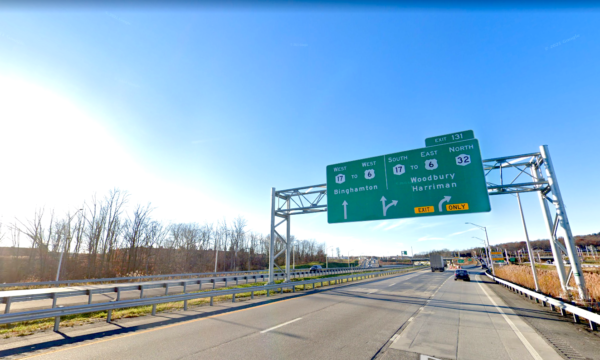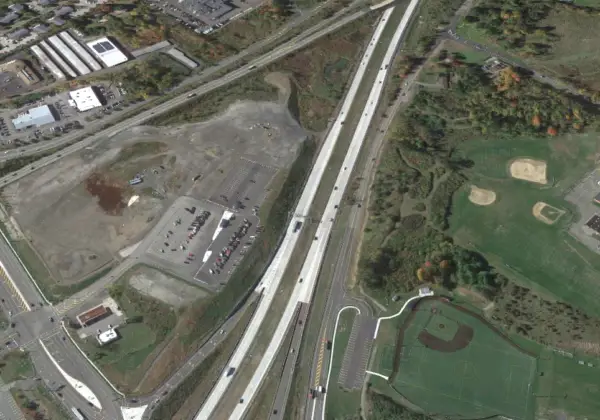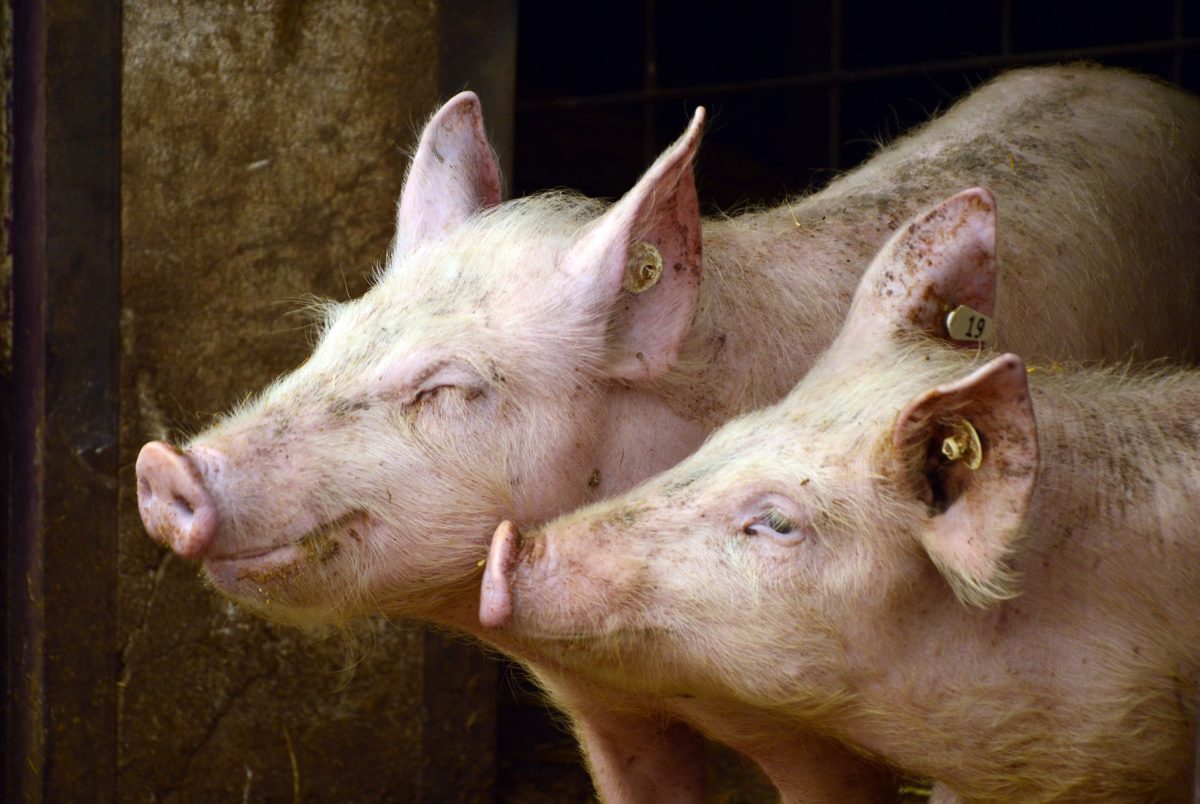The project to transform Route 17 in Orange and Sullivan counties into Interstate 86 shifted into a higher gear with the Oct. 5 announcement that work has begun on the required Draft Environmental Impact Statement (DEIS). The environmental study is required under the State Environmental Quality Review Act (SEQRA) in order to identify various ways in which the project might affect the environment and identify mitigation measures.

“The Route 17 Draft Environmental Impact Statement kicks off this transformative project, which will enhance tourism, economic competitiveness and quality of life for residents and visitors alike,” Gov. Kathy Hochul said. “The Mid-Hudson region is a jewel of New York state and with this project we are helping this region not only meet, but exceed its future potential.”
Orange County Executive Steven Neuhaus said, “Improving Route 17 is important to the economy of our region, and I look forward to seeing continued state investment in our region”™s transportation network. The expansion of state Route 17 into Interstate 86 will allow us to continue to market this economically vital corridor for growth and sustainable development.”
The state”™s Department of Transportation (DOT) recently completed a Planning and Environmental Linkage Study (PEL) that evaluated an approximately 47-mile segment of Route 17 running from Rapp Road in the town of Thompson in Sullivan County to the highway”™s intersection with the New York State Thruway near Woodbury Common in Orange County. It found that the addition of one lane in each direction would cost approximately $23 million to $29 million per mile. The cost to add the lanes to the Sullivan County portion would be from $425 million to $620 million. The cost to add the lanes to the Orange County portion of the route would be from $615 million to $750 million. Work to intersections and overpasses also would be required.

The majority of the Route 17 PEL study corridor consists of two travel lanes while short sections include a third travel lane and/or auxiliary lane with similar characteristics. Median width varies from 20 feet to 50 feet. The typical section consists of 12-foot travel lanes with 4-foot left shoulders and 10-foot right shoulders
The study looked at 30 existing highway interchanges, 13 in Sullivan County and 17 in Orange County. It found that many interchange designs date from the original Route 17 construction and have simply been rehabilitated or resurfaced throughout the years as needed. The study found that upgrades to some interchanges would be appropriate while a few others could be closed.
The DEIS will build on the PEL study and look at issues such as air quality, wetland impacts and alternatives to adding third lanes for the entire length of the road. Reviews of possible interchange improvements, bridge replacements and enhanced park-and-ride facilities, including expanded capacity and electric vehicle charging stations would be included. The DOT says it anticipates publishing a final Environmental Impact Statement for the project in 2025.
The state budget includes $1 billion for the Route 17 conversion into I-86.
Over the past several years, projects have been completed by the DOT to upgrade sections of Route 17, including reconstruction of the interchange at Exit 131, where Route 17 meets I-87 and Route 32 (Woodbury Common Premium Outlets) and reconstruction of Exit 122 Stage I and Exit 125 (LEGOLAND) to meet interstate standards.
Senate Majority Leader Chuck Schumer said he wants to make sure the Environmental Impact Statement addresses all community concerns about the project.
“I was pleased to deliver record federal dollars for the state via the Bipartisan Infrastructure and Jobs Act that will support converting the overcrowded Route 17 in Orange and Sullivan counties to Interstate 86, and am pleased that New York State is commencing the environmental review process with public participation,” Schumer said.
Rep. Pat Ryan, who formerly served as Ulster county executive, said, “Converting State Route 17 into Interstate 86 by modernizing bridges, improving local roads and adding a third lane so that it meets interstate standards is an absolute priority for the Mid-Hudson Valley and Catskills. I welcome this new step forward and look forward to working with partners across New York state, especially the men and women of organized labor, to ensure this process keeps moving forward in order to decrease traffic congestion and grow our economy upstate.”






















